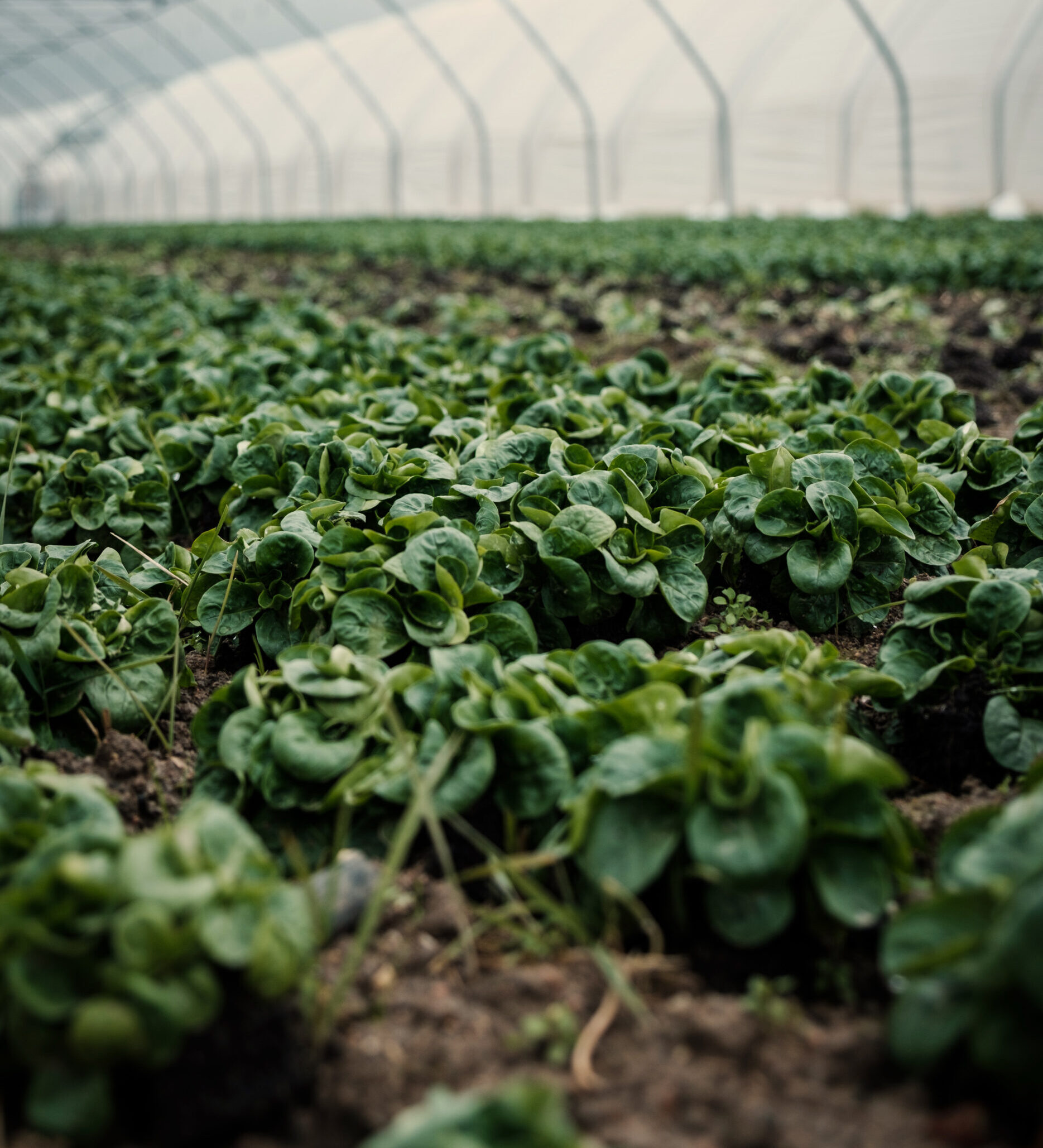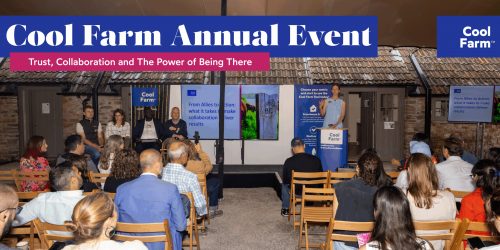Many of today’s farming practices like tillage, using fertilisers and pesticides, and the use of agricultural machinery release large amounts of greenhouse gases.
In this article we will look at what low carbon agriculture is and why it is so important. We will also cover steps the agricultural industry can take to move towards a more sustainable future.
Why is Low Carbon Agriculture Important?
Low carbon agriculture plays a vital role in reducing climate change and encouraging environmental sustainability. The goal is to reduce the greenhouse gas (GHG) emissions that the agriculture industry produces.
Farming and agriculture are significant contributors to rising greenhouse gas (GHG) emissions. Globally , the sector accounts for over a quarter of total emissions, with methane (CH₄), primarily from livestock, being the predominant gas. Carbon dioxide (CO₂) is released from fuel used in machinery, while nitrous oxide (N₂O) originates from fertilisers and manure management. Together, these emissions have a considerable impact on climate change.
Switching to low carbon agriculture will play a large part in ensuring improved soil health, reduce water waste and food security for future generations to come. With the increasing population and the effects of climate change intensifying, the agriculture industry is responsible for making a change to more sustainable practices to reduce their emissions and protect our planet.
Steps to Low Carbon Agriculture
1. Reduce Tillage Impact
Ploughing and deep tillage bring soil to the surface, releasing carbon into the air. It also requires fossil fuel burning agricultural equipment which is harmful for the environment. Reducing the amount of tillage can help the soil retain nutrients.
2. Bare Soil
When there are no crops or cover plants in the ground, the microbes that keep soil healthy begin to die off, releasing stored carbon into the atmosphere. Keeping soil covered year-round with crops or cover crops feeds these microbes, improves soil structure, and helps lock carbon in the ground. It’s a simple shift that turns farmland into a natural carbon sink
3. Increase Biodiversity
Biodiversity plays a key role in soil health. Land should be managed to encourage a diverse range of life to inhabit it. A healthy ecosystem is full of a variety of different species which help with soil health, providing nutrient rich soil for crops to grow.
Take a look at our blog on How to Increase the Biodiversity on Your Farm for ideas you can use on your farm.
4. Increase Water Efficiency
Agriculture consumes 70% of the world’s freshwater and 40% of this is wasted due to poor irrigation systems. Low-carbon agriculture encourages practices like storing rainwater, improving drip irrigation and scheduling crop watering for optimal times. Improved water management also reduces energy consumption that is used on excessive irrigation.
5. Choose the Right Crops for the Environment
Growing crops that will flourish in their environment can help farming move towards low carbon agriculture. Crops that are more resilient in hot and dry locations will ensure excessive irrigation is not needed.
6. Reduce Harmful Practices
Reducing practices like excessive fertiliser and pesticide spraying, and over-cultivating land can have a huge impact on reducing carbon emissions. Using a slower release nitrogen will help minimize nutrient loss and improve overall crop health and yield which can also have less of an impact on the environment.
7. Holistic grazing
Holistic grazing is where animals are moved to paddocks on a rotation to graze. This is done every 24-72 hours and creates a symbiotic relationship between the animal’s grazing, their digestion and the waste they produce, which helps provide the soil with key nutrients and bacteria.
Doing this on a cycle allows the plants and grass on the paddock to regrow and increases the carbon sequestration in the soil.
8. Agroforestry
This technique is when trees and shrubs are integrated into agricultural landscapes alongside crops and/or livestock. Combining these practices can benefit biodiversity and promote environmental conservation whilst absorbing carbon dioxide.
Agroforestry is especially effective with coffee and cocoa crops that grow best when they are shaded under trees.
How Can the Cool Farm Tool Help?
The Cool Farm Tool measures greenhouse gas emissions and can be used to help farmers move toward low carbon agriculture.
Conclusion
With the planet’s growing population, the increased need for food production must be done in a sustainable way. Low-carbon agriculture is vital for reducing its environmental impact, mitigating climate change and ensuring sustainable food production for future generations.
Reducing tillage and lowering fertiliser and pesticide use are essential practices in sustainable and low carbon agriculture that can help to reduce the impact on the environment by reducing CO₂ emissions. Take a look at our other blog to learn what else you can do to reduce your carbon footprint on farm.
Members of The Cool Farm Alliance are committed to low carbon agricultural practices. They work together sharing knowledge and ideas in order to have a positive impact on our environment. Members are. Get in touch to find out more or check out the Cool Farm Tool to calculate your carbon footprint and see what you can do to lower your greenhouse emissions.









